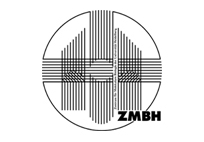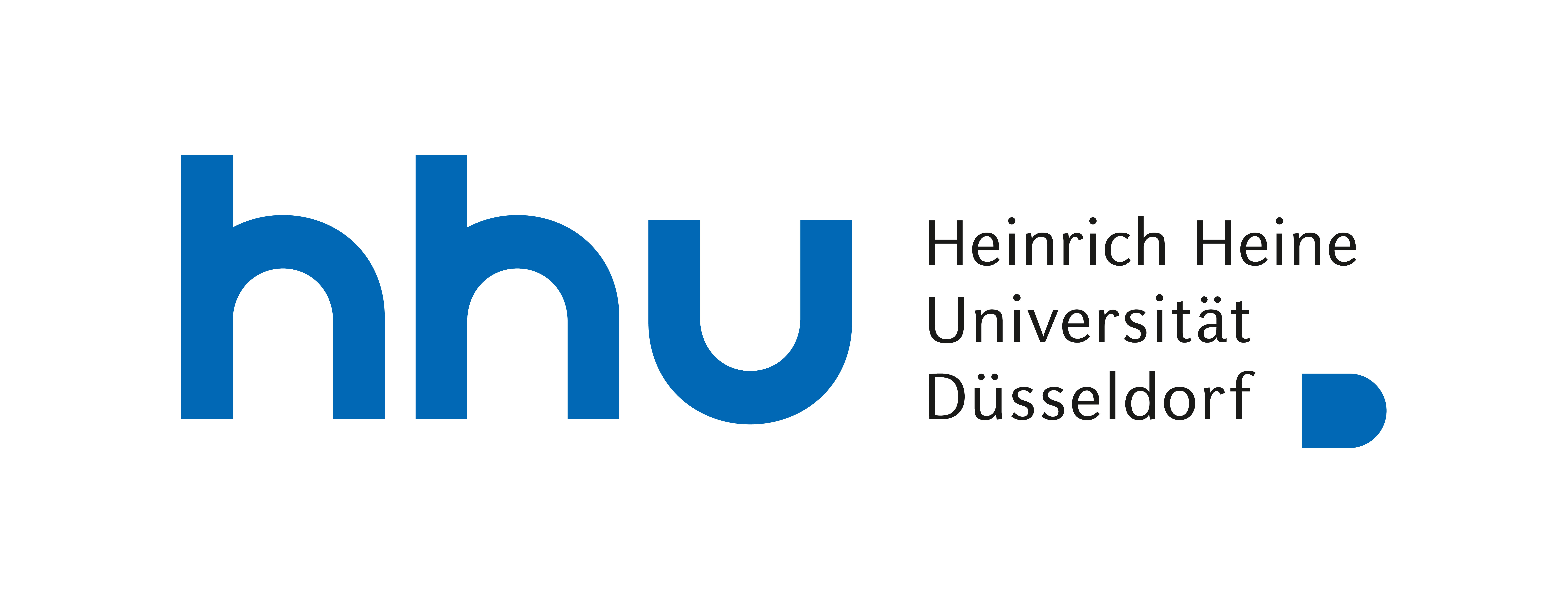As a molecular chaperone, the heat shock protein Hsp90 activates kinases and other proteins in collaboration with several cochaperones. The interaction between the different components of this machinery and the significance of ATP hydrolysis remain long-standing questions in the field. With single-molecule FRET, the group of Thorsten Hugel reveals that three cochaperones are needed for functional cyclic operation of Hsp90 – powered by ATP hydrolysis – when interacting with the client kinase Ste11. Thus, for the very first time, directionality of Hsp90’s dynamics has been observed. These findings further show how the formation of subcomplexes in equilibrium followed by a directed selection of the functional complex can be the most energy-efficient pathway for kinase maturation.
Please find more information in the original publication in Nature Communications.
Illustration: Julia Schimpf and Leonie Vollmar









